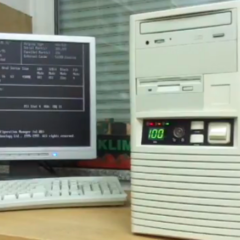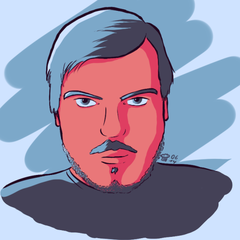How does a cartridge work?
45 minutes ago, InMiseryWeSeekPancakes said:( Also incase you don't know a cartridge is something that is connected to a tonearm and then connected to the turntable itself I expect you to know what turntables are at least are! )
The cartridge is something that dwells beneath the tonearm at the very end.
The stylus, or needle, is the smallest and perhaps the most important component of the cartridge. It is made from a diamond or other hard material, shaped like a cone and suspended by a flexible strip of metal. The pointed end is the only piece that touches the top of the record and it rides around the spiraling grooves of the disk, picking up the vibrations which are ultimately turned back into sound.
The stylus sits at one end of the tone arm, which is mounted to the side of the turntable and sits parallel to the record. With the needle or stylus placed in the outermost groove of the record, the tone arm follows the groove as it spirals inward, traveling across the record in an arc as the record spins beneath it. As this happens, the vibrations travel along a flexible metal strip and wires housed in the tone arm to the cartridge in the end of the tone arm. The cartridge receives the vibrations, which are converted to electrical signals through a coil in a magnetic field. The electric signals are carried along wires to the amplifier which enhances the power of the signal. Finally, the signals are converted back to sounds that come out through the speakers.
















Create an account or sign in to comment
You need to be a member in order to leave a comment
Create an account
Sign up for a new account in our community. It's easy!
Register a new accountSign in
Already have an account? Sign in here.
Sign In Now